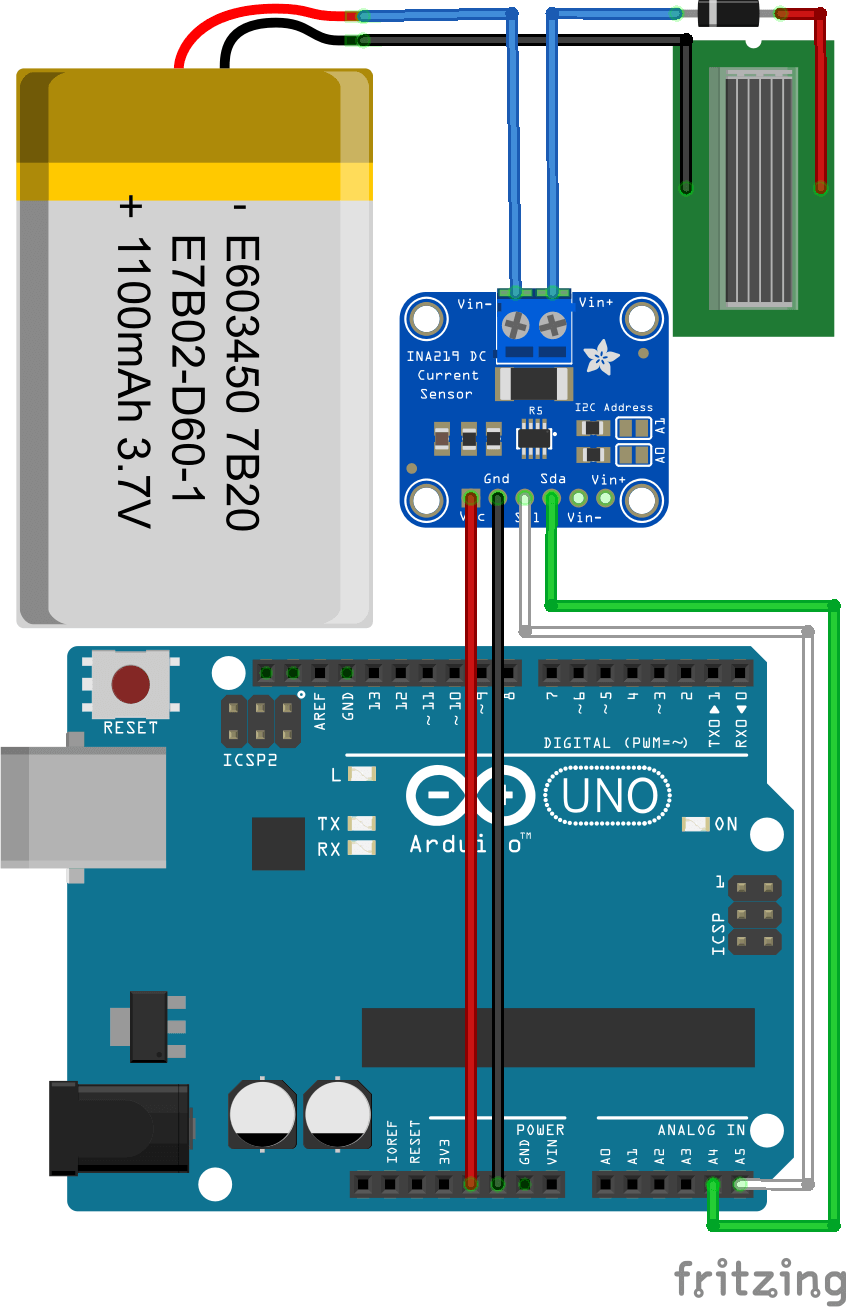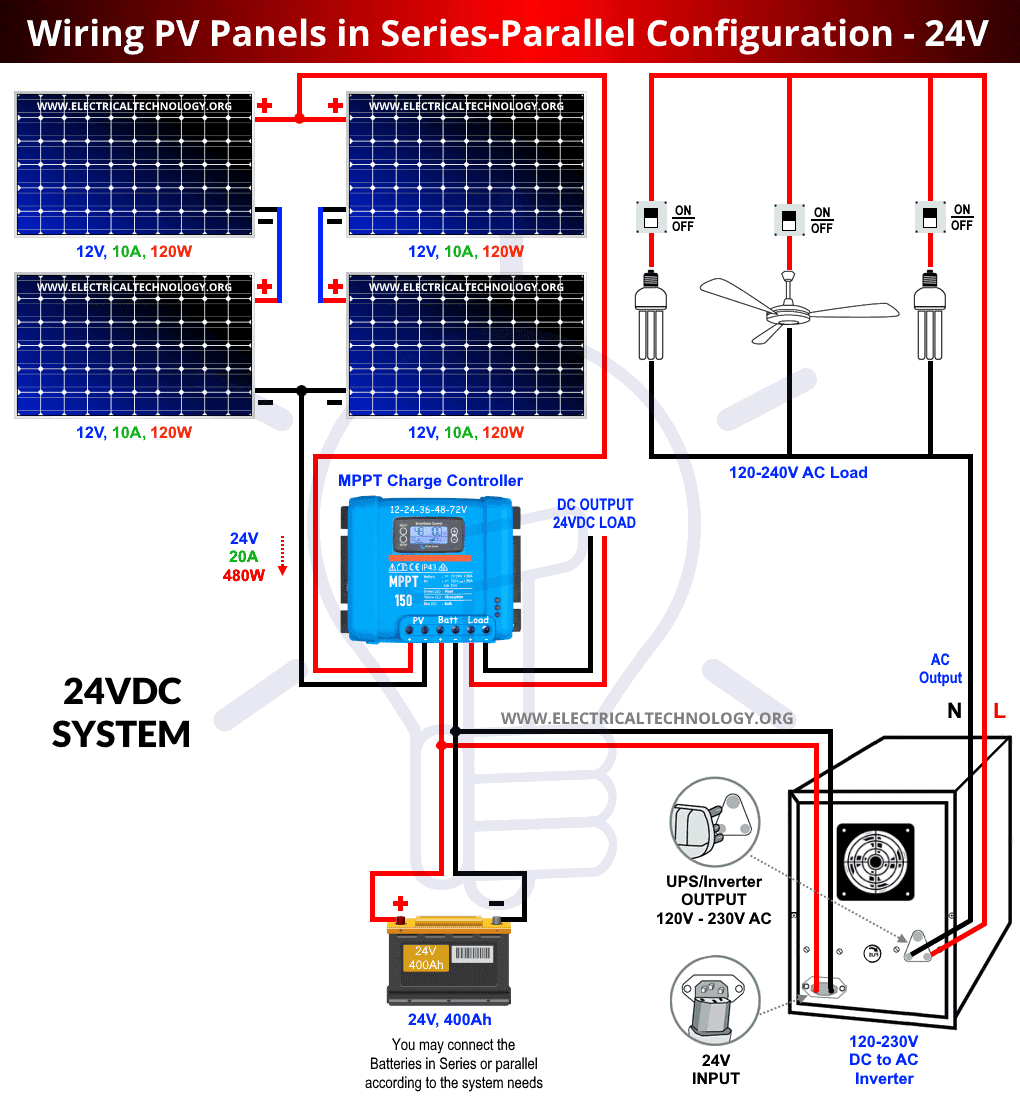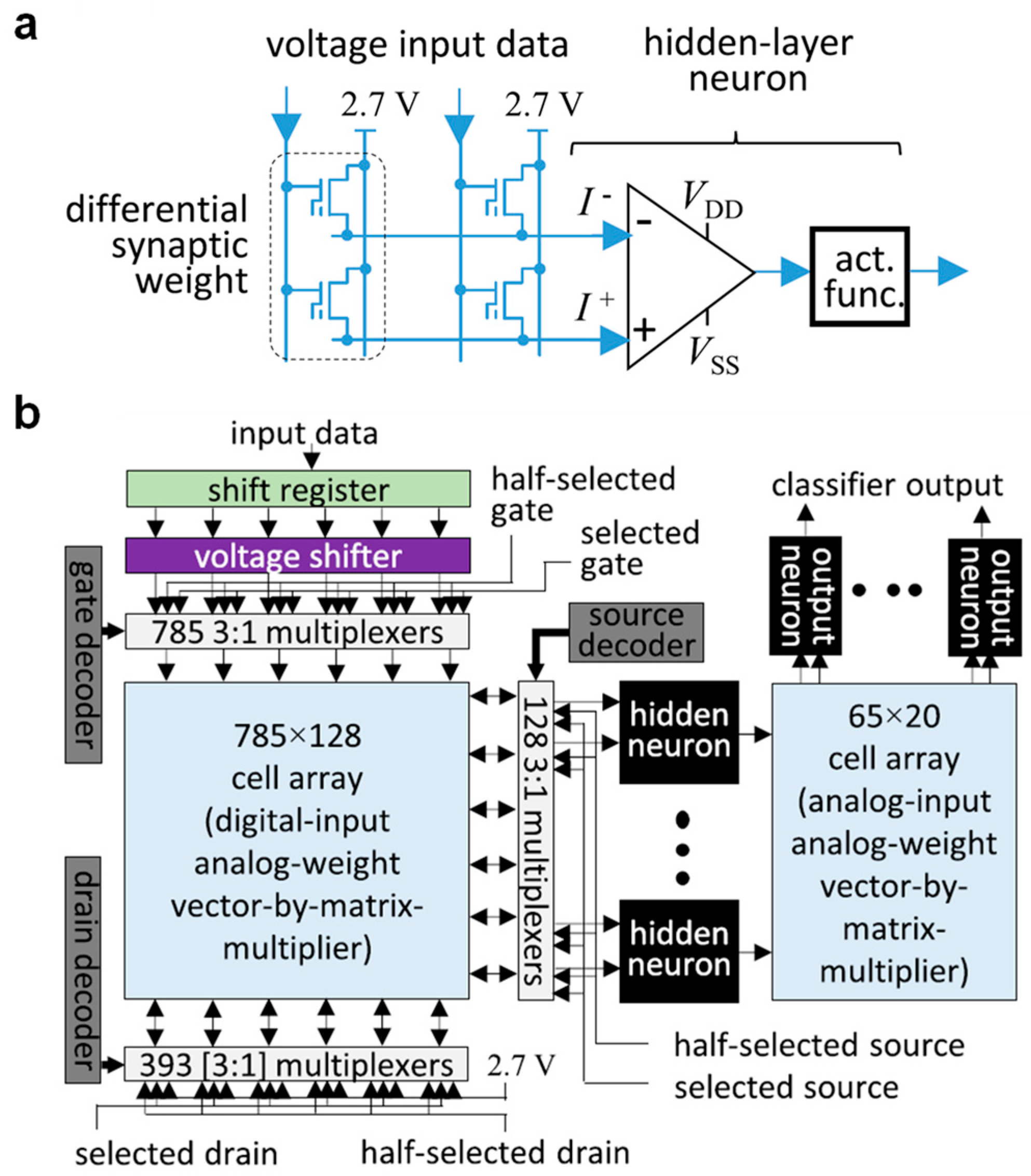Solar Energy Measurement Using Arduino Presentation
| Introduction to Solar Energy Measurement Using Arduino | ||
|---|---|---|
| Solar energy measurement is the process of quantifying the amount of solar radiation received and converted into usable energy. Arduino, an open-source microcontroller platform, can be used to measure and monitor solar energy parameters. This presentation will explore the basics of solar energy measurement using Arduino. | ||
| 1 | ||
| Components Required for Solar Energy Measurement | ||
|---|---|---|
| Arduino board: Provides the necessary hardware and processing capabilities. Solar panel: Captures solar radiation and converts it into electrical energy. Light sensor: Measures the intensity of solar radiation. | ||
| 2 | ||
| Wiring and Connections | ||
|---|---|---|
| Connect the solar panel to the Arduino board's analog input pin. Connect the light sensor to another analog input pin. Connect the temperature sensor to a digital input pin. | ||
| 3 | ||
| Code Implementation | ||
|---|---|---|
| Write a code to read analog values from the solar panel and light sensor. Use appropriate formulas to convert analog readings to usable measurements (e.g., voltage to irradiance). Implement temperature sensor readings to monitor the solar panel's temperature. | ||
| 4 | ||
| Data Logging and Visualization | ||
|---|---|---|
| Arduino can be programmed to log the solar energy measurements at regular intervals. Store the data on an SD card or transmit it wirelessly to a computer for further analysis. Use software like MATLAB or Python to visualize and analyze the collected data. | ||
| 5 | ||
| Calibration and Accuracy | ||
|---|---|---|
| Calibration is crucial for accurate solar energy measurement. Conduct calibration tests by comparing Arduino measurements with known reference instruments. Adjust calibration factors or use calibration curves to improve accuracy. | ||
| 6 | ||
| Applications of Solar Energy Measurement Using Arduino | ||
|---|---|---|
| Monitoring solar energy generation in residential or commercial solar power systems. Optimizing the tilt and orientation of solar panels for maximum energy output. Research and development of solar energy technologies. | ||
| 7 | ||
| Advantages of Using Arduino for Solar Energy Measurement | ||
|---|---|---|
| Cost-effective and easily accessible platform. Open-source nature allows for customization and expansion. Wide range of compatible sensors and modules available. | ||
| 8 | ||
| Challenges and Limitations | ||
|---|---|---|
| Limited processing power and memory compared to dedicated data loggers. Requires additional circuitry for accurate measurements. Complexity may be a barrier for beginners. | ||
| 9 | ||
| Summary and Future Outlook | ||
|---|---|---|
| Solar energy measurement using Arduino provides a cost-effective and customizable solution. Arduino's versatility allows for various applications and research opportunities. Continued advancements in Arduino technology and sensor capabilities will enhance measurement accuracy. | ||
| 10 | ||
| References (download PPTX file for details) | ||
|---|---|---|
| Smith, M. (2018). Arduino Solar Panel Monitor... Dehbi, A., et al. (2019). Solar Panel Monitor... Arduino. (n.d.). Arduino... |  | |
| 11 | ||





.jpg)



